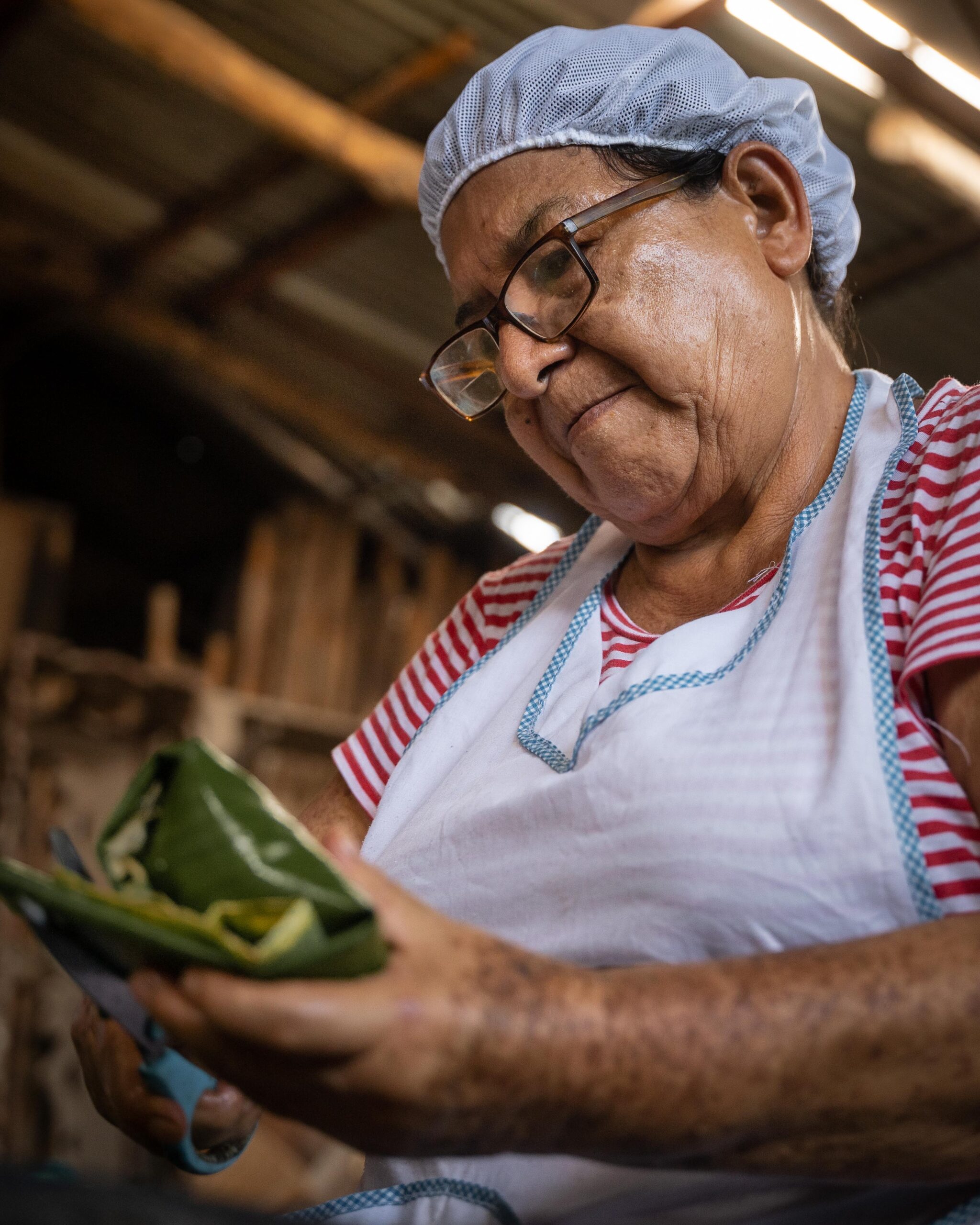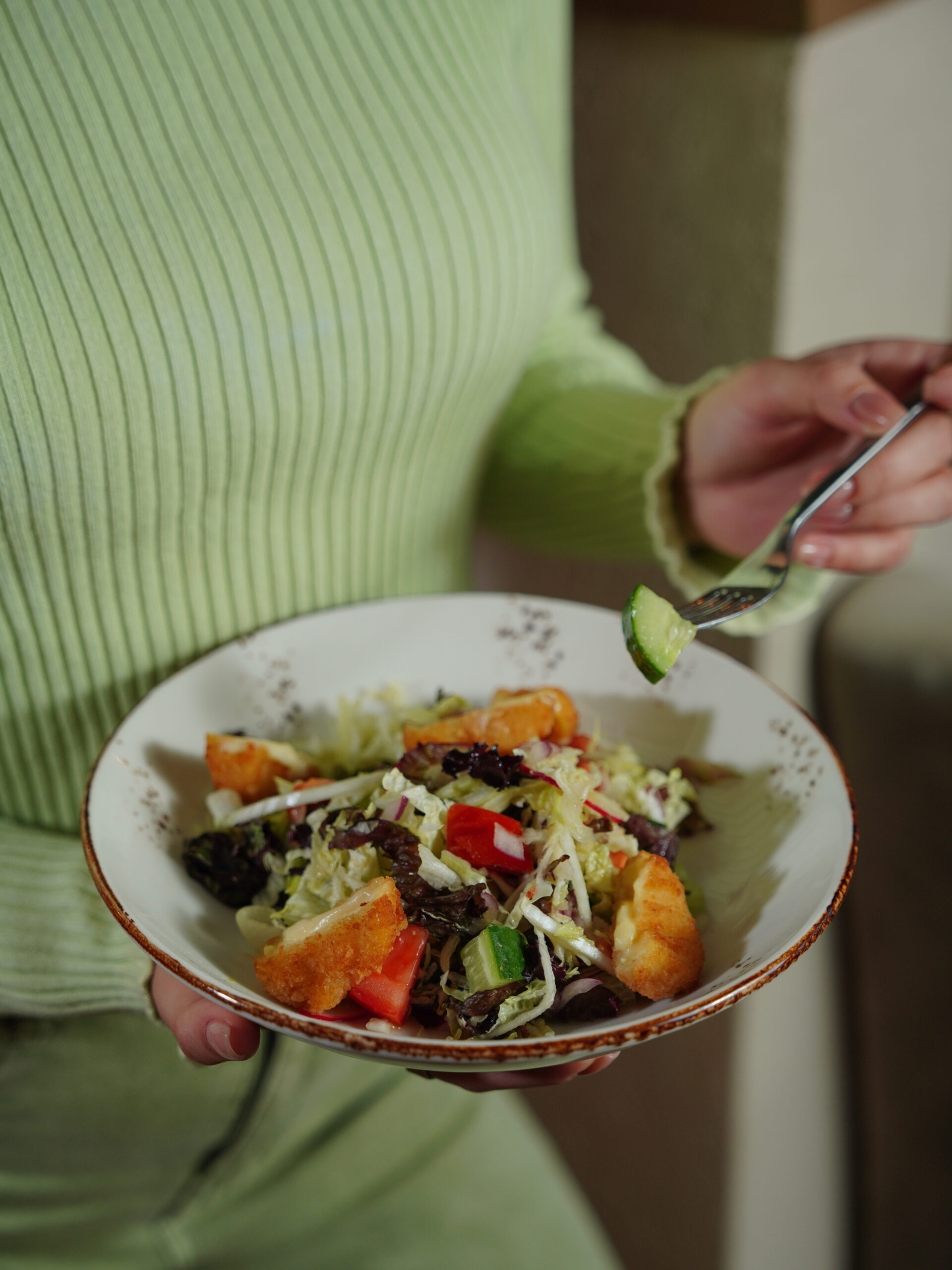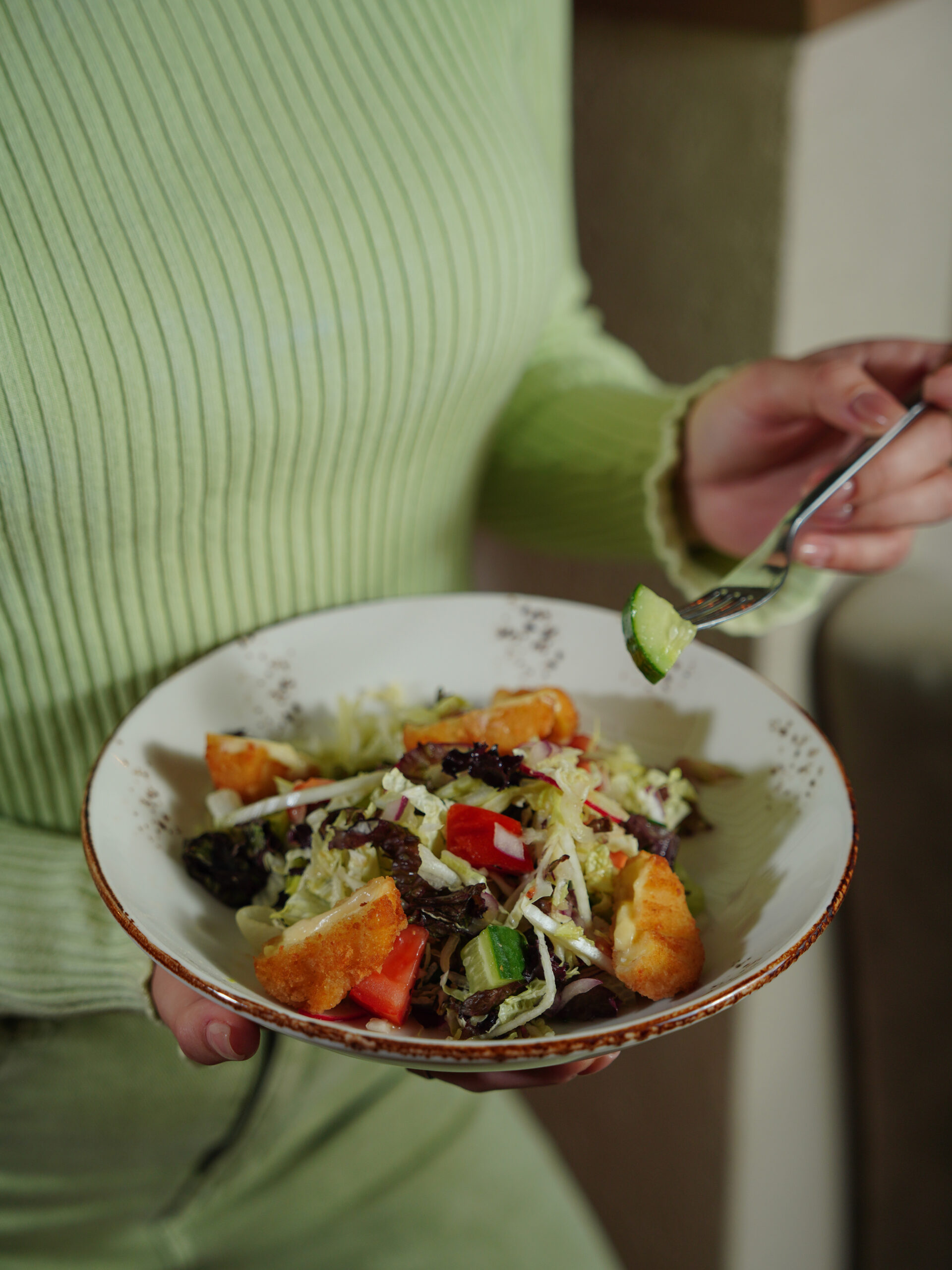If you’ve ever wondered how to achieve perfectly seasoned, tender, and succulent meat, then you’re in luck. In this article, we’ll be exploring the science of brining, a technique that is guaranteed to elevate your cooking skills to a whole new level. Whether you’re a seasoned chef or just starting out in the kitchen, understanding the principles behind brining will help you unlock the secret to creating irresistibly flavorful and juicy meat. So, grab your apron and get ready to dive into the wonderful world of brining!

Understanding Brining
What is brining?
Brining is a cooking technique that involves soaking meat in a saltwater solution before cooking it. This process helps to enhance the flavor, tenderness, and juiciness of the meat. The saltwater solution, known as a brine, can also be infused with various herbs, spices, and other flavoring agents to further enhance the taste of the meat.
How does brining work?
Brining works through the process of osmosis, which is the movement of water molecules across a semipermeable membrane from an area of lower solute concentration to an area of higher solute concentration. When meat is soaked in a brine, the concentration of salt and other solutes in the solution is higher than that in the meat. This causes the water to move from the meat into the brine, resulting in the meat absorbing the flavors and moisture from the brine.
The history of brining
Brining has a long history dating back thousands of years. Ancient civilizations, such as the Ancient Egyptians and the Romans, used brining as a means of preserving meat and enhancing its flavor. In modern times, brining has become popular not only for preservation purposes but also for its ability to improve the texture and taste of meats.
Benefits of brining
Brining offers several benefits when it comes to cooking meat. Firstly, it helps to retain moisture in the meat, resulting in juicier and more flavorful results. This is especially beneficial when cooking lean meats, such as poultry and pork, which tend to dry out easily. Brining also enhances the natural flavors of the meat and can contribute to a more tender texture. Additionally, by infusing the brine with various herbs, spices, and other flavoring agents, brining allows for the creation of complex and delicious flavor profiles in the meat.
The Chemistry Behind Brining
Osmosis and brining
Osmosis plays a crucial role in the brining process. When meat is submerged in a brine, the salt and other solutes in the brine create a higher concentration outside the meat compared to inside. As a result, water from the meat moves across the cell membranes towards the higher concentration of solutes in the brine, leading to the absorption of flavors and moisture by the meat. This process helps to tenderize the meat and enhance its overall flavor.
Salt and water ratio
The ratio of salt to water in a brine is essential for achieving the desired results. A common guideline is to use about 1 cup of salt for every gallon of water when making a basic brine. However, this ratio can be adjusted based on personal preference and the type of meat being brined. It is important to find the right balance to avoid oversalting or undersalting the meat.
Effects on meat proteins
Brining can have a significant impact on meat proteins. The salt in the brine helps to denature the proteins in the meat, allowing them to retain moisture during the cooking process. This denaturation process also leads to the formation of a gel-like matrix in the meat, contributing to its tenderness and juiciness. Additionally, brining can help to break down tough muscle fibers, further increasing the meat’s tenderness.
Flavor enhancement through osmosis
One of the key benefits of brining is the flavor enhancement it provides. As the meat absorbs the flavors from the brine through osmosis, it becomes infused with a rich and complex taste. This is particularly true when the brine is infused with herbs, spices, and other flavoring agents. The longer the meat is brined, the more pronounced the flavors will be. Brining allows for the incorporation of various flavors into the meat, resulting in a truly delicious and aromatic final dish.

Types of Brine
Wet brine
A wet brine involves submerging the meat in a saltwater solution. The brine can be customized by adding additional flavoring agents such as herbs, spices, sugar, or even fruit juices. The meat is typically soaked in the brine for several hours or overnight to allow the flavors to penetrate the meat fully. Wet brining is commonly used for larger cuts of meat, such as whole birds or roasts.
Dry brine
In a dry brine, the meat is coated with salt and other seasonings without the use of a liquid solution. The salt draws out moisture from the meat, which then dissolves the salt and is reabsorbed, along with the flavors from the seasonings. The meat is usually left uncovered in the refrigerator to allow the dry brine to work its magic. Dry brining is a great option for cuts of meat that don’t benefit from prolonged exposure to liquid, such as steaks or individual chicken pieces.
Injection brining
Injection brining involves injecting a saltwater solution directly into the meat using a flavor injector. This method allows the brine to penetrate the meat quickly and evenly, resulting in a well-seasoned and moist final product. Injection brining is often used for poultry, especially when a crispy skin is desired.
Flavoring agents in brines
Brines can be customized with a wide variety of flavoring agents to enhance the taste of the meat. Common flavoring agents include herbs like rosemary or thyme, spices like black peppercorns or garlic, sweeteners like sugar or honey, and even citrus fruits like lemons or oranges. These flavoring agents can be added in the form of fresh or dried ingredients, depending on personal preference and the desired flavor profile.
Brining Techniques
Basic brining process
The basic process of brining involves combining salt, water, and other desired flavoring agents to create a brine. The meat is then submerged in the brine and allowed to soak for a specific amount of time, depending on the type and size of the meat being brined. After brining, the meat is rinsed to remove excess salt and then cooked according to the chosen method.
Brine preparation
To prepare a brine, start by dissolving salt and any other desired flavoring agents in water. The amount of salt used will depend on personal preference, but a general guideline is to use about 1 cup of salt per gallon of water. The flavoring agents can be added in the form of whole spices, herbs, or other ingredients. It is essential to taste the brine before adding the meat to ensure a balanced flavor.
Brine time and temperature
The length of time that meat needs to be brined will depend on its size and type. As a general rule, larger cuts of meat, such as whole chickens or roasts, will require a longer brining time to allow the flavors to penetrate the meat fully. The recommended brining time can range from a few hours to overnight. It is essential to keep the meat refrigerated while it brines to prevent bacterial growth.
Brining different types of meat
Different types of meat can benefit from brining, although the process may vary slightly depending on the specific characteristics of the meat. Poultry, such as chicken or turkey, is a common choice for brining, as it tends to benefit greatly from the added moisture and flavor. Pork, especially lean cuts like tenderloins or chops, can also benefit from brining to prevent dryness and enhance tenderness. Beef cuts, particularly tougher cuts like brisket or flank steak, can be brined to help break down the muscle fibers and improve overall texture.

Brine Recipes
Classic saltwater brine
- 1 gallon of water
- 1 cup of salt
- 1/2 cup of sugar
- Optional flavoring agents: peppercorns, bay leaves, garlic cloves
Combine all the ingredients in a large pot and heat until the salt and sugar dissolve. Allow the brine to cool completely before adding the meat. Submerge the meat in the brine and refrigerate for the recommended brining time. Rinse the meat thoroughly after brining and cook as desired.
Sweet and savory brine
- 1 gallon of water
- 1 cup of salt
- 1 cup of brown sugar
- 1/2 cup of soy sauce
- Optional flavoring agents: ginger, star anise, cinnamon sticks
Follow the same instructions as for the classic saltwater brine, adjusting the ratio of salt and sugar to achieve the desired balance of sweetness and saltiness.
Citrus-infused brine
- 1 gallon of water
- 1 cup of salt
- Juice and zest of 2 lemons
- Juice and zest of 2 oranges
- 1/4 cup of honey
- Optional flavoring agents: thyme sprigs, garlic cloves
Combine all the ingredients in a pot and heat until the salt and honey dissolve. Allow the brine to cool before adding the meat. Proceed with the same brining process as described above.
Herb and spice brine blends
- 1 gallon of water
- 1 cup of salt
- 1/2 cup of sugar
- Desired herbs and spices: rosemary, sage, thyme, black peppercorns, garlic cloves
Create your own unique brine blend by combining your favorite herbs and spices. Experiment with different combinations to achieve your desired flavor profile. Follow the same brining process outlined earlier.
Impact of Brining on Meat Texture
Juiciness and tenderness
One of the main benefits of brining is that it helps to increase the juiciness and tenderness of the meat. As the meat absorbs moisture from the brine, it retains more water during the cooking process, resulting in a moister and more succulent final product. Brining also helps to break down tough muscle fibers, further enhancing the meat’s tenderness.
Preventing dryness in lean meats
Lean meats, such as chicken breasts or pork tenderloins, are prone to drying out during cooking. Brining can help mitigate this issue by infusing the meat with moisture and preventing excessive moisture loss during the cooking process. The added moisture from the brine helps to keep the meat moist and tender, resulting in a more enjoyable dining experience.
Effect on fat rendering
Brining can also have an impact on the rendering of fat in meat. When meat is brined, the moisture absorbed from the brine can help to create a barrier that protects the meat from excessive heat during cooking. This barrier aids in the rendering of fat, resulting in a more evenly cooked and flavorful meat. The rendered fat can also contribute to the overall juiciness and tenderness of the meat.
Brining and Flavor Infusion
Enhancing natural flavors
Brining is an excellent way to enhance the natural flavors of the meat. The salt in the brine not only seasons the meat but also helps to draw out its natural juices, resulting in a more robust flavor profile. The longer the meat is brined, the more intense the flavors will be. Additionally, the use of flavoring agents, such as herbs and spices, can further enhance the taste of the meat, creating a delicious combination of flavors.
Incorporating herbs and spices
Brines provide an opportunity to introduce a wide variety of herbs and spices to the meat. Whether it’s adding rosemary and thyme to a poultry brine, or cinnamon and star anise to a pork brine, the flavor possibilities are endless. These herbs and spices infuse their aromas and flavors into the meat during the brining process, resulting in a uniquely seasoned final dish.
Balancing sweetness and acidity
Brines can also incorporate sweet and acidic elements to achieve a well-rounded flavor profile. The addition of sugar or honey can balance out the saltiness of the brine, providing a hint of sweetness to the meat. Similarly, citrus juices or vinegars can add acidity, which can help to brighten the flavors of the meat. Finding the perfect balance of sweetness and acidity is a matter of personal preference and experimentation.
Brining Safety Tips
Safe brining practices
When it comes to brining, it’s important to practice safe food handling to prevent foodborne illnesses. Here are some essential tips to keep in mind:
- Always brine meat in the refrigerator to prevent bacterial growth.
- Keep the brine and meat covered during the brining process to avoid contamination.
- Use clean utensils and containers when preparing and handling the brine.
- Avoid cross-contamination by thoroughly cleaning any surfaces or utensils that come into contact with raw meat.
Storage and hygiene
After brining, it is crucial to handle the meat properly to maintain food safety. Here are some guidelines to follow:
- Rinse the meat thoroughly after brining to remove excess salt and any surface contaminants.
- Store the brined meat in a clean and sealed container, separate from other foods, to prevent cross-contamination.
- Properly label the containers with the date of brining to keep track of the meat’s freshness.
- Follow recommended storage times for brined meat, usually a few days in the refrigerator or several months in the freezer.
Avoiding over-brining
While brining offers numerous benefits, it is possible to over-brine meat, which can result in an overly salty taste and a mushy texture. To avoid over-brining, it is essential to follow recommended brining times and ratios. Experimentation and experience will help you determine the ideal brining time and salt concentration for your personal taste preferences.
Brining vs. Marinating
Differences in process
Brining and marinating are both techniques used to enhance the flavor and texture of meat. However, there are some key differences between the two processes. Brining involves soaking the meat in a saltwater solution, while marinating involves coating the meat with a flavorful liquid, typically containing acids like vinegar or citrus juices. Brining primarily focuses on improving moisture retention and tenderness, while marinating is more about infusing flavor into the meat.
Effects on meat texture and flavor
Brining and marinating have different effects on meat texture and flavor. Brining helps to retain moisture in the meat, resulting in a juicier and more tender final product. It also enhances the natural flavors of the meat by infusing it with the flavors from the brine. Marinating, on the other hand, primarily contributes to flavor enhancement. The acids in the marinade can help to tenderize the meat and add additional depth of flavor.
When to brine and when to marinate
The choice between brining and marinating will depend on the desired outcome and the type of meat being prepared. Brining is particularly beneficial for lean meats that tend to dry out during cooking, such as poultry or pork. It is also an excellent option for larger cuts of meat that can benefit from prolonged exposure to a brine solution. Marinating, on the other hand, is ideal for meats that could benefit from added flavor and tenderness, such as steaks or cuts with a firmer texture.
Conclusion
Brining is a versatile cooking technique that can elevate the flavor, tenderness, and juiciness of meat. By understanding the chemistry behind brining and experimenting with different flavoring agents, you can unlock a world of delicious possibilities in your culinary adventures. Whether you choose to wet brine, dry brine, or inject brine, the key is to find a balance of flavors and brining time to suit your preferences. So, next time you want to impress your guests with a perfectly cooked and flavorful piece of meat, give brining a try and experience the difference it can make. Happy brining!

